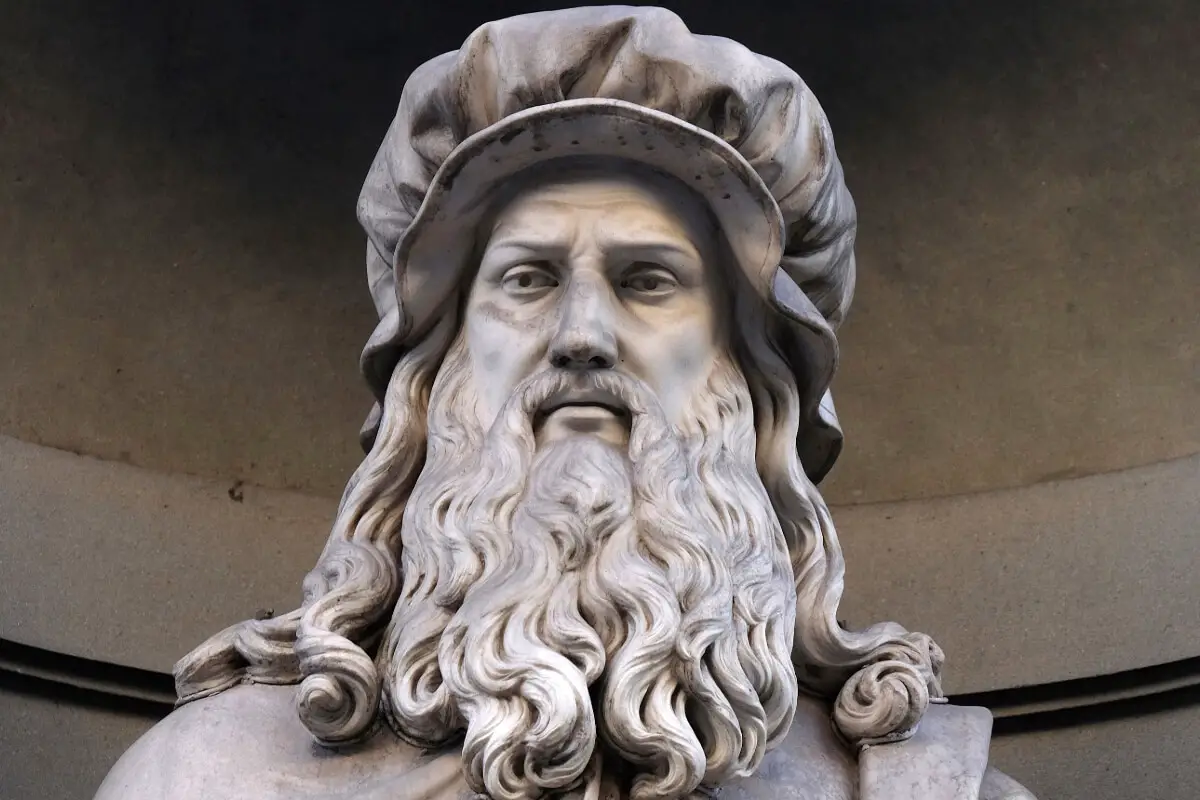Amidst the fertile valleys of Tuscany, within the quaint town of Vinci, an unparalleled mind was born on April 15, 1452. Leonardo da Vinci emerged in a period ripe with the stirrings of cultural rebirth, destined to leave an indelible mark on the world. His early years, while shrouded in some mystery, are integral to understanding the blossoming of his genius.
The interplay of his unique childhood experiences—from his familial setting to his formative educational endeavors—set the foundation for a life of unparalleled creativity and intellectual curiosity. As we embark on the journey through the life of this quintessential Renaissance figure, we uncover the mosaic of influences that contributed to the shaping of an artist, an inventor, and a scientist whose legacy transcends time.
Table of Contents
- Exact Date and Place of Birth
- Leonardo’s Early Life and Formative Influences
- Historical Context of Leonardo’s Time
- Related Questions
Exact Date and Place of Birth
Leonardo da Vinci: The Luminous Dawn of a Universal Genius
At the heart of the Italian Renaissance, amidst the verdant hills of Tuscany, emerged a figure whose very name epitomizes the fusion of art and science, melding raw creative fervor with disciplined technical mastery.
The mastermind Leonardo da Vinci first saw the light of day on April 15, 1452, in the small Tuscan hill town of Vinci, Italy, where he would later draw his immortal surname.
Born out of wedlock to the notary Ser Piero and a young peasant woman named Caterina, Leonardo’s origins were humble yet undeniably steeped in the richness of the Italian cultural landscape.
Vinci, a territory under Florentine control, was a tapestry of social and political ferment, providing a fertile ground for the cross-pollination of ideas. This was where art was not merely a visual feast but the heartbeat of society, encoding the values and intellect of the age.
The Italian Renaissance was a cauldron of artistic revolution, striving towards the rebirth of classical antiquity’s grace and proportion, and it was in this crucible that Leonardo’s genius was tempered.
In Florence, the pulsating center of this cultural reawakening, the young Leonardo received his formative artistic training in the workshop of the renowned master Andrea del Verrocchio. It was an era when artistry mingled seamlessly with science and philosophy, and young minds like Leonardo’s were ignited with unquenchable curiosity and an unbounded zest for innovation.
The intellect of da Vinci was a force of nature, a torrent of ingenuity that could not be confined to the confines of a canvas. In his hands, the brush was not merely a tool but an extension of his inquisitive spirit, each stroke pondering the complexities of the human form, the mysteries of light and shadow, the delicate balance of nature, and the mechanics of the world around him.
His interdisciplinary approach to art, blending anatomical precision with ethereal beauty, left a legacy that shaped not just the Renaissance but the course of art history.
As one peers into the life and works of Leonardo, it is evident that the small town of Vinci was not just the backdrop for his birth but a node in the vast network of an ever-evolving artistic consciousness.
Here, among the Tuscan vineyards and olive groves, the young Leonardo embarked on a lifelong pursuit of knowledge, leading him to question, create, and innovate, transforming him into a polymath whose visions transcended the boundaries of his time.
The story of Leonardo’s beginnings is a testament to the truth that the seeds of brilliance can take root in the modest soil of a rural town. His journey from Vinci to the prolific galleries of Milan and the royal courts of France attests to an artist who, beyond all, remained eternally inquisitive, forever seeking the light of understanding amidst the shadows of the unknown.
Leonardo da Vinci remains a beacon that continues to inspire and guide those who tread the path of creativity, an everlasting luminary of unparalleled intellect and artistry.
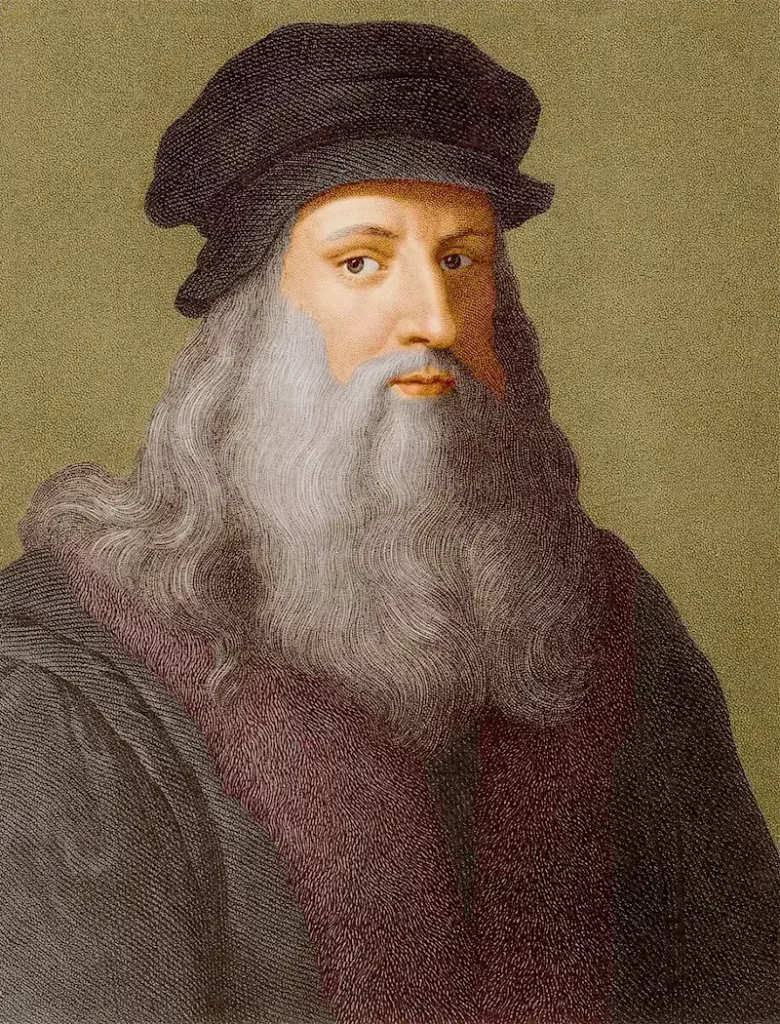
Leonardo’s Early Life and Formative Influences
The formative elements that sculpted young Leonardo into the preeminent polymath of the Renaissance are multifaceted, drawing from his innate curiosity and the rich tapestry of influences surrounding him.
The significance of the personal attributes and external stimuli that catalyzed his ascension into an artistic titan is absent from the discussions of his birth and early apprenticeship.
Intrinsically, Leonardo possessed an insatiable thirst for knowledge, reflected in his copious notebooks filled with observations of the natural world. This intrinsic drive compelled him to dissect and delve deeply into the mechanics of life.
His unparalleled attention to detail was not merely a symptom of artistic perfectionism but a testament to a constant quest for understanding the universe’s underlying principles.
Although Leonardo’s apprenticeship under Verrocchio provided a substantial grounding in traditional art techniques, his unorthodox studies in anatomy through dissection were groundbreaking.
These explorations transcended the confines of art, delving into biology, mechanics, and human physiology. His sketches of muscle structures and bone configurations enabled him to capture the human figure with a realism hitherto unparalleled, blending artistic mastery with scientific precision.
Externally, the political stability and economic prosperity of the Medici rule in Florence fostered an environment ripe for intellectual and artistic exploration. The Medici’s patronage of the arts and the conclave of minds in their Platonic Academy provided a vibrant intellectual milieu that undoubtedly enveloped the young da Vinci.
The dialogues that percolated through the halls of this erudite circle sowed the seeds for the synthesis of artistic and scientific inquiry, which later became the hallmark of Leonardo’s work.
The influence of philosophical works, such as those by Plato and Aristotle, and exposure to various treatises on subjects from engineering to botany fueled Leonardo’s polymathic endeavors.
Moreover, the threads of geometry and mathematical order espoused by Pythagoreanism likely wove through his mindset and permeated his approach to art and invention.
Notably, political alliances and traversing regional courts throughout Italy and France exposed Leonardo to varying perspectives and techniques, enriching his artistic vocabulary.
Navigating through these diverse courts, he absorbed the mosaic of cultural and scientific advancements that peppered the European continent. It was within these environments that Leonardo’s talent for engineering and scenography was summoned and honed, further broadening his competencies.
The role of personal relationships and rivalries in shaping the man Leonardo would become is not to be underestimated. Interactions with fellow artists and intellectuals, whether collaborative or contentious, galvanized his resolve and perhaps pushed him to greater heights of innovation as he sought to outshine his contemporaries.
Lastly, Leonardo’s unwavering commitment to experimentation imbued his work with a dynamism that went beyond the traditional confines of the period’s art. His relentless pursuit of charting unexplored territories of the human experience, whether through the tenderness of a smile in the “Mona Lisa” or the turbulent power of “The Last Supper,” confirmed his place as an artist eternally ahead of his time.
Through a confluence of voracious curiosity, fortuitous surroundings, and a relentless drive to transcend the boundaries of known knowledge, Leonardo da Vinci was not merely shaped but actively forged his path to becoming the luminary whose influence casts a long shadow over the panorama of the arts and sciences.
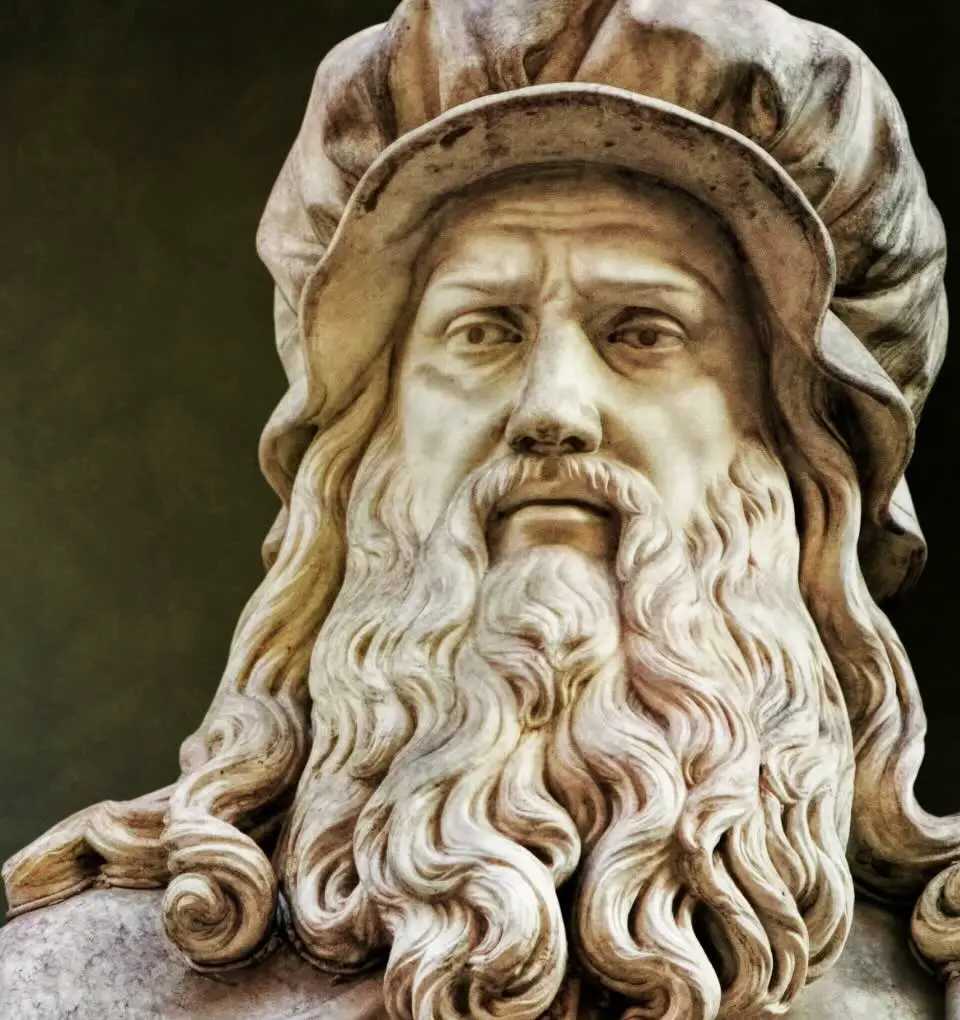
Historical Context of Leonardo’s Time
Exploring the Tectonic Shifts during Leonardo’s Time – Patronage, Politics, and the Scientific Surge
Amidst the turmoil and triumphs of the Renaissance, the forging of a master was underway—a tale of human aspiration entwined with the extraordinary cultural tides that defined an era.
The elements that forged Leonardo da Vinci’s genius were not merely a product of individual brilliance but also the dynamic shifts in patronage, the realms of politics entangled with art, and the nascent scientific awakening that swept across Europe.
With its luxurious tendrils, Patronage reached far and wide during Leonardo’s time. It was an epoch where the aristocratic and the merchant class alike saw immense value in aligning themselves with the arts, for culture was currency.
The dominion of the Sforzas in Milan, where Leonardo spent significant years, epitomized this trend. Under Ludovico il Moro’s aegis, Leonardo was afforded opportunities to engage in a panoply of projects spanning the grandeur of “The Last Supper” to the unachieved equestrian monument. This Milanese sojourn was fundamental, turning the artist’s visions into entities that still speak volumes today.
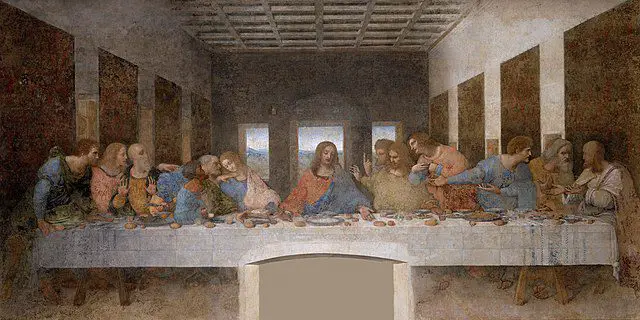
Simultaneously, the labyrinthine political landscape of Italy—with city-states vying for power—created an environment where artists could, paradoxically, find stability and disruption.
Leonardo navigated through the volatile alleys of power with ingenuity, allowing his work to thrive amid changing alliances. Such a tumultuous backdrop also spurred competition, famously with Michelangelo and Raphael. These rivalries, while at times contentious, cultivated a productive environment where striving to outdo each other led to unprecedented heights of creativity.
Furthermore, the surge of scientific inquiry ran parallel with the flourishing of the arts. Leonardo was not merely a passive spectator in this but an active participant. He delved deep into the mechanics of the world with observations and inventions that laid the groundwork for multiple fields, including hydrodynamics, optics, and even aeronautics.
The prescient sketches and theories in his notebooks, from the anatomical to the technical, were manifestations of a mind that saw no boundaries between disciplines. His meticulous studies of the human form, daringly obtained through dissection, underscored a fearless quest to grasp the underlying truth of nature, consequently elevating his art to a realm where it resonated with life’s very essence.
Notably, this period experienced a democratization of knowledge. Texts on many subjects became increasingly available due to the advent of the printing press; for a polymath like Leonardo, the proliferation of books on architecture, engineering, and philosophy meant a bountiful feast for an insatiable intellect. His voracious reading honed his visionary ideas and contributed to his role as an unrivaled innovator.
In sum, the Renaissance’s multifaceted societal tapestry, marked by the symbiosis of art and science, the complex machinations of power, and the enlightened patronage of arts, directly influenced and empowered Leonardo’s ascent as a symbolic figure.
The era did not merely shape him; it was irrevocably transmuted by his touch—a chronicle of human potential actualized, reverberating through the corridors of history, long past the flickering candlelights of Leonardo’s mortal sojourn.
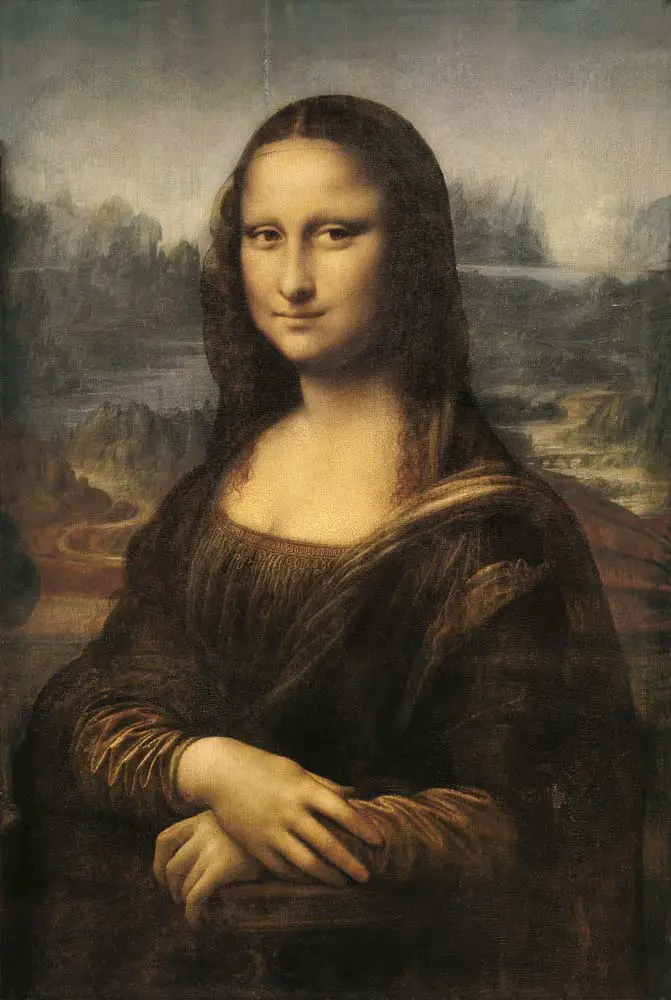
The narrative of Leonardo da Vinci’s life is a testament to the capacity for human brilliance and adaptability. Hailing from the unassuming Tuscan town of Vinci, he rose to become one of history’s most profound polymaths.
Channeling the innovative spirit of an era that redefined boundaries, Leonardo’s contributions stretched far beyond the canvas, influencing fields from anatomy to engineering.
During his lifetime, they encapsulated an unrivaled synthesis of art and science, embodying the zenith of human achievement during one of history’s most enlightened epochs.
As the echoes of his legacy resonate through the corridors of time, Leonardo da Vinci remains not merely a historical figure but a perpetual inspiration for future generations to pursue knowledge with boundless curiosity and relentless passion.
Anita Louise Art is dedicated to art education, great artists, and inspiring others to find and create their art. We love art that uplifts and inspires. #ArtToMakeYouSmile! #ArtToMakeYouHappy!
If you are interested to see any of my art, you can find out more by clicking here. If you are interested in what inspires me and my paintings, you can discover more by clicking here.
We have a free newsletter and would love you to be part of our community; you can subscribe to the newsletter by clicking here. If you have any questions, I would be happy to talk to you at any time. You can reach me, Anita, by clicking here.
Subscribe to our Anita Louise Art YouTube Channel filled with great videos and information by clicking here.
Join us for our podcast “5 Minutes With Art.” Spend just 5 minutes a week with us to discover and learn about great art and artists. You can find out more about our podcast by clicking here.
Related Questions
The Masters Of Marble And Clay: Artists In Ancient Greece
The allure of Ancient Greece is not merely confined to its epic tales of heroes, groundbreaking philosophies, or influential political ideologies. It permeates an equally significant domain – the sphere of art – where artists wielded chisels and brushes to breathe life into marble and clay.
By clicking here, you can learn more by reading The Masters Of Marble And Clay: Artists In Ancient Greece.
Reflecting The Self: Rembrandt & Van Gogh’s Self-Portraits
Rembrandt van Rijn and Vincent Van Gogh are two significant figures who significantly contributed to the self-portraiture tradition. Their works redefine self-portraiture and give us a glimpse into their lives and the periods they lived and worked.
By clicking here, you can learn more by reading Reflecting The Self: Rembrandt & Van Gogh’s Self-Portraits.
The First Brush Stroke: A Beginner’s Guide To Oil Painting
Art speaks a universal language of creativity and expression in its myriad forms. One of its most vibrant dialects is an oil painting, a medium steeped in history and rich with possibilities.
By clicking here, you can learn more by reading The First Brush Stroke: A Beginner’s Guide To Oil Painting.

